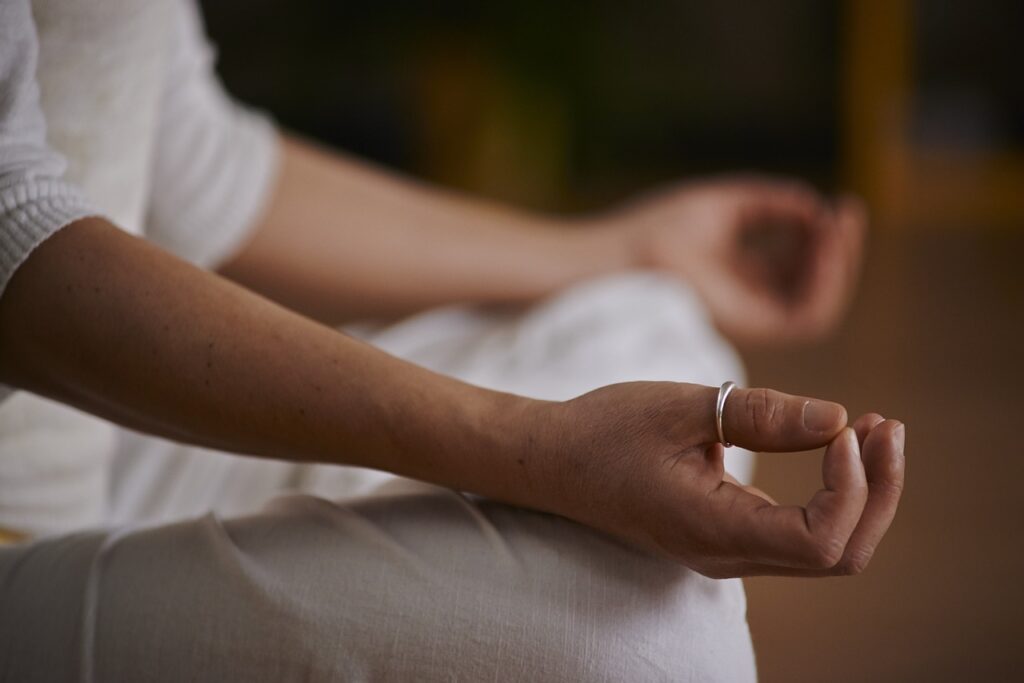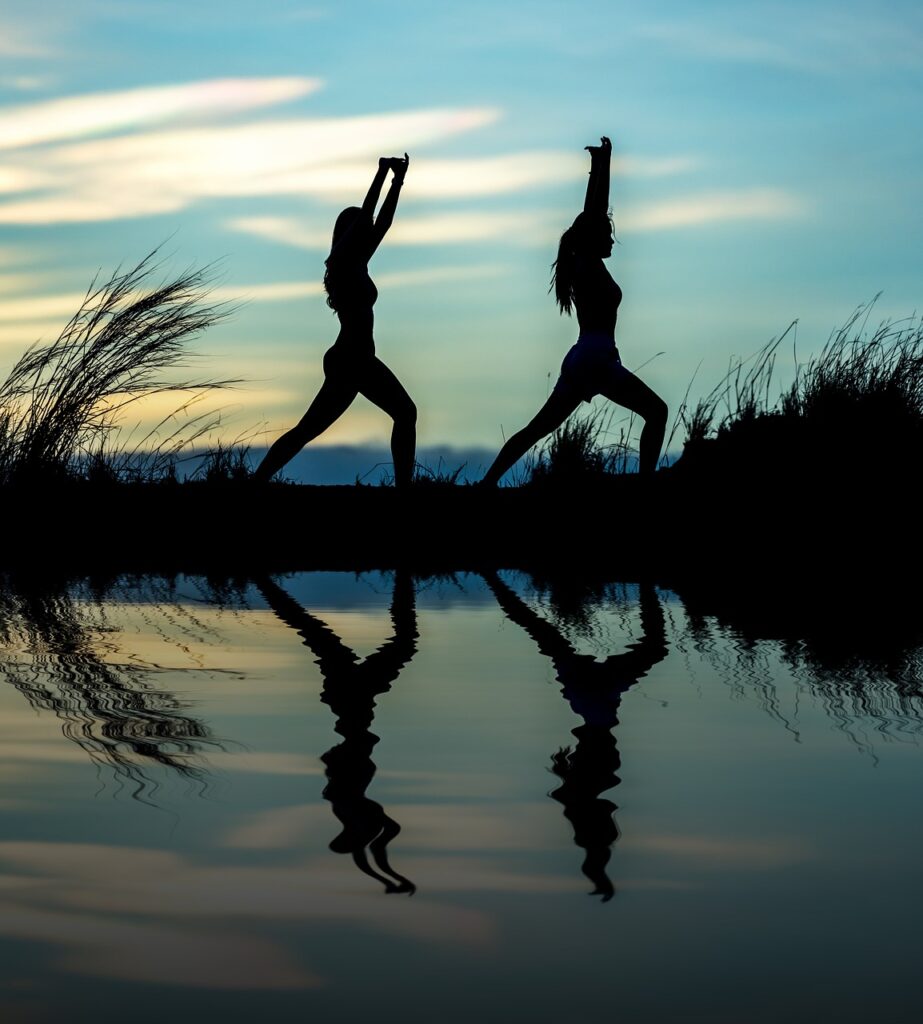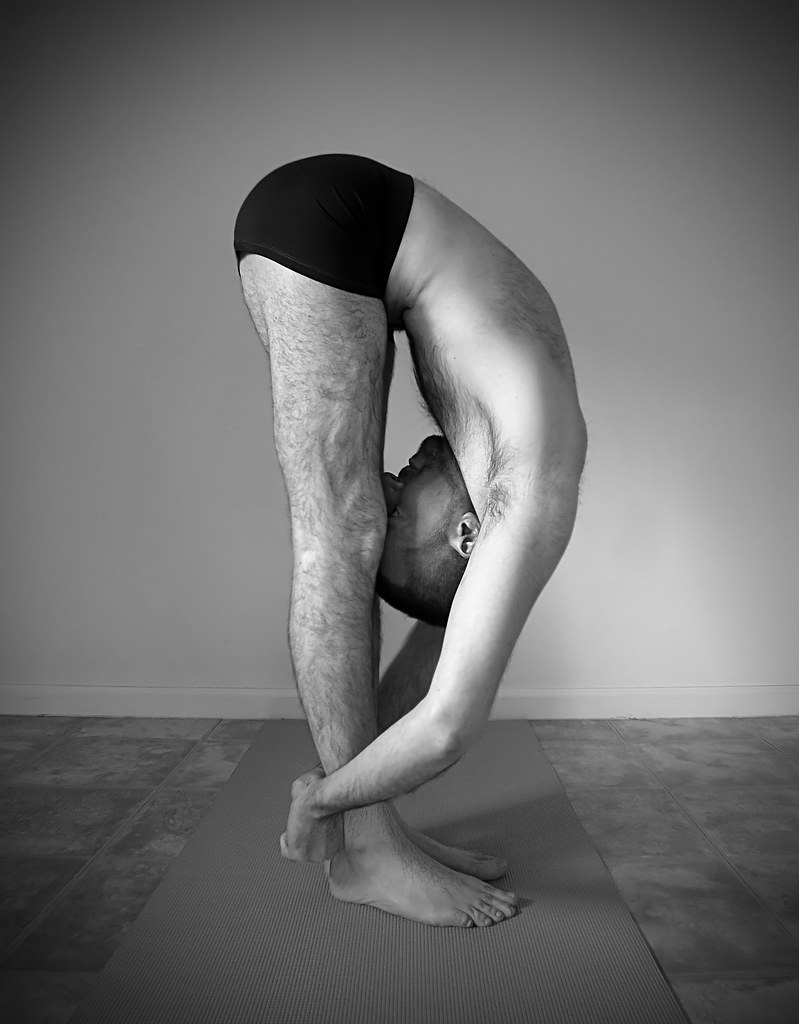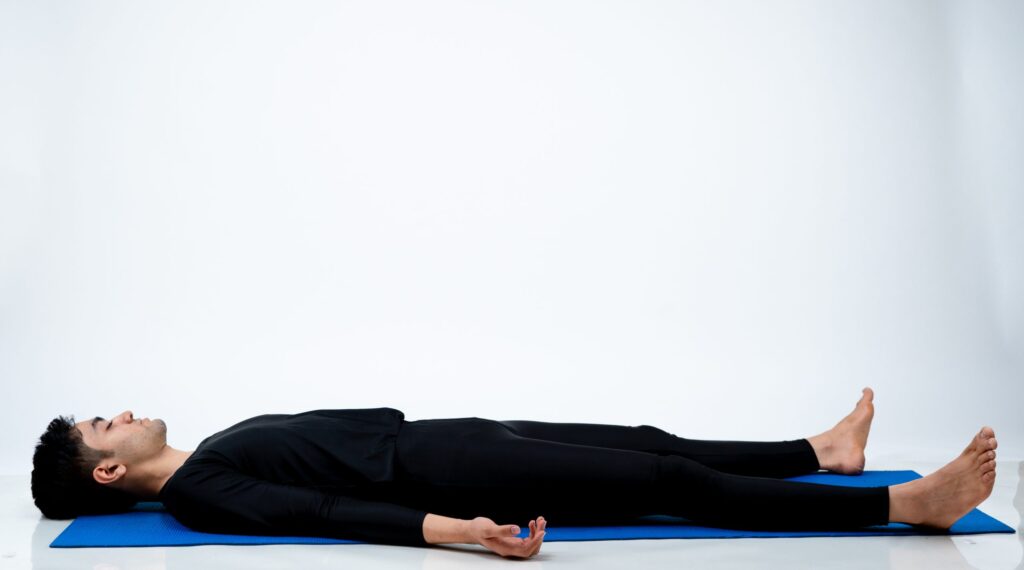Exploring the Origins: The Rich History of Hatha Yoga"
Introduction
Hatha Yoga, a well-known branch of yoga, focuses on physical postures, breathing techniques, and meditation to harmonize the body and mind. Understanding its history helps practitioners appreciate its depth and significance.
Ancient Roots
Hatha Yoga’s origins can be traced back to ancient India, emerging as a distinct practice in the early centuries CE. The term “Hatha” combines two Sanskrit words: “Ha” (sun) and “Tha” (moon), symbolizing the balance of opposing forces



Foundational Texts
The foundational texts of Hatha Yoga, the “Hatha Yoga Pradipika” (15th century), the “Gheranda Samhita” (17th century), and the “Shiva Samhita” (14th-18th centuries), provide detailed guidance on postures (asanas), breath control (pranayama), and purification techniques. These texts have significantly influenced modern Hatha Yoga practices.
Key Figures
One of the pivotal figures in the history of Hatha Yoga is Swami Swatmarama, the author of the “Hatha Yoga Pradipika.” Swami Swatmarama emphasized the importance of physical postures and breathing techniques in achieving spiritual enlightenment. Another notable figure is Matsyendranath, considered the founder of Hatha Yoga, who taught his disciple Gorakhnath the secrets of this ancient practice.
Modern Evolution
In the 20th century, Hatha Yoga gained global popularity through the efforts of influential yoga masters like Tirumalai Krishnamacharya, B.K.S. Iyengar, and Pattabhi Jois. Their teachings and dedication to spreading yoga worldwide have made Hatha Yoga accessible to millions, emphasizing its benefits for physical health and mental well-being.


Conclusion
Hatha Yoga’s rich history and enduring relevance highlight its profound impact on holistic health. By embracing the teachings of ancient texts and revered masters, modern practitioners can experience the transformative power of Hatha Yoga in their daily lives.
Finding Balance: A Comprehensive Introduction to Hatha Yoga for Stress Relief
Introduction
In today’s fast-paced world, finding effective ways to manage stress is more important than ever. One powerful method to achieve this balance is through Hatha Yoga, a branch of yoga that emphasizes physical postures (asanas), breath control (pranayama), and meditation. This comprehensive introduction to Hatha Yoga for stress relief will help you understand its benefits and how to incorporate it into your daily routine for a more balanced and serene life.


What is Hatha Yoga?
Hatha Yoga is one of the oldest forms of yoga, dating back to ancient India. The term “Hatha” is derived from the Sanskrit words “Ha” (sun) and “Tha” (moon), symbolizing the balance of opposing forces. Hatha Yoga aims to harmonize the body and mind through a series of physical postures, breathing techniques, and meditation practices. This form of yoga is particularly effective for stress relief, as it encourages relaxation and mindfulness.
Benefits of Hatha Yoga for Stress Relief
Physical Relaxation: Hatha Yoga involves gentle stretching and strengthening exercises that help release tension from the muscles. By focusing on slow, deliberate movements and holding poses, you can alleviate physical stress and improve overall body flexibility.
Breath Control: Pranayama, or breath control, is a key component of Hatha Yoga. Deep, mindful breathing techniques help calm the nervous system, reduce anxiety, and promote a sense of inner peace. Controlled breathing also enhances oxygen flow to the brain, improving mental clarity and focus.
Mental Clarity: The meditative aspects of Hatha Yoga encourage mindfulness and present-moment awareness. By focusing on your breath and body during practice, you can quiet the mind, reduce mental chatter, and achieve greater mental clarity. This mindfulness can extend beyond the yoga mat, helping you manage stress more effectively in daily life.
Emotional Balance: Regular practice of Hatha Yoga can help balance your emotions by reducing the production of stress hormones like cortisol. The combination of physical movement, breath control, and meditation promotes the release of endorphins, the body’s natural mood elevators, leading to improved emotional well-being.
Basic Hatha Yoga Poses for Stress Relief





Hatha Yoga offers a powerful and holistic approach to stress relief, combining physical postures, breath control, and meditation to promote relaxation and balance. By incorporating Hatha Yoga into your daily routine, you can experience reduced stress, improved mental clarity, and enhanced emotional well-being. So, roll out your yoga mat, take a deep breath, and embark on a journey to find balance and tranquility in your life.
